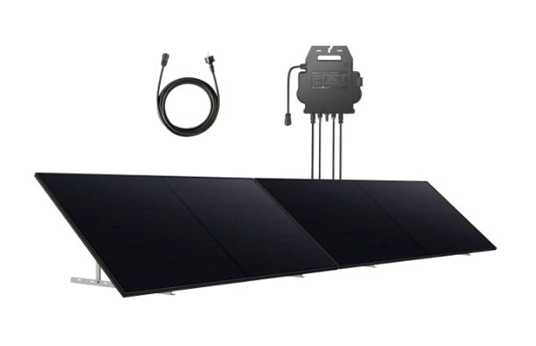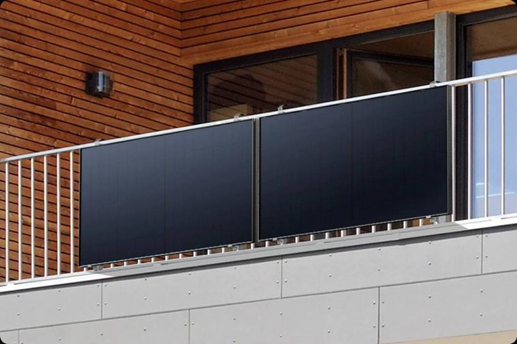Is it Worthwhile to Invest in a Balcony Solar Panel?
Present-day society is experiencing a notable surge in environmental awareness, consequently generating an expanding market need for sustainable and renewable energy alternatives. Solar energy is gaining popularity as an increasingly accessible alternative for individual households. An innovation that has emerged is the utilization of solar panels. Conventional solar panels require a substantial footprint on the rooftop. This article will expound upon the guidance of installing a balcony power plant along with the optimal orientation and placement of the panels.

Guidance Regarding the Installation of Balcony Power Plant
Optimal Solar Panel Location and Orientation
Solar panels must be placed in an area that receives adequate sunlight. This frequently occurs when the installations are situated on rooftops, terraces, or open-air areas without obstructions. This ensures that the solar panels receive uninterrupted sunlight for most of the day, thereby optimizing the energy generation efficiency within the system. Generally, in the Northern Hemisphere, the most advantageous placement for solar panels is to face south; conversely, in the Southern Hemisphere, the opposite is true. This orientation guarantees the most effective utilization of direct sunlight. Balconies facing south or southwest are renowned for obtaining the most significant amount of sun; consequently, these balconies are the most sought-after locations for installation.

Solar Panels are Angled for Maximum Efficiency
To optimize energy generation efficacy, it is recommended that the panels be inclined at an angle proportional to the geographical latitude of the area designated for installation. Due to this inclination, the panels can capture sunlight more efficiently, especially during periods of maximum luminosity. Even though solar panels are mounted on balconies, they must comply with the same installation regulations as conventional solar panels. It is advisable to locate them in an area that receives adequate sunlight and orient them in the direction that corresponds to the hemisphere’s optimal orientation. Additionally, the latitude should be considered when determining the appropriate tilt angle. Adhering to these guidelines guarantees that solar panels mounted on balconies can effectively harness solar energy and operate at peak efficiency when producing electricity.
Wind Load, Rigidity, and Weight
It is critical to secure solar panel installation on balconies to withstand high winds and prevent any potential damage. When developing the mounting system, it is crucial to consider both the stability of the panels and their capacity to endure atmospheric loads. There may be a need for reinforcements or supplementary support in areas prone to witnessing high wind speeds. Balconies are subject to weight restrictions, and additional regulations may occasionally govern the transportation of extra cargo. Ensuring that the terrace has the structural integrity to support the solar panels and mounting mechanism is critical. The balcony’s load capacity assessment can be conducted with the guidance of a building specialist or structural engineer, who can also ensure the proper installation of the balcony.
Safety Precautions and Regular Inspection
Safety protocols must be followed throughout the installation, maintenance, and repair. This includes the proper use of PPEs and compliance with the various electrical safety regulations. For the installation and upkeep of the system, it is recommended that, if necessary, a licensed professional be retained to guarantee compliance with safety regulations. It is of the utmost importance to conduct routine inspections of the balcony solar panel system to detect any signs of deterioration, degeneration, or loose connections. It is crucial to verify the panels, wiring, and mounting system during inspections. Sustaining peak performance and prolonging the system’s operational lifespan can be achieved by performing regular cleansing and maintenance.
Conclusion
Balcony solar panel installations present a potentially beneficial alternative for individuals interested in harnessing solar energy sources in confined urban spaces. And when installing one, you should be particular about its location, orientation, angle, wind load, rigidity, safety precaution, and maintenance. In addition to their capacity to generate energy and space-saving design, solar panels for balconies may also result in financial savings.
